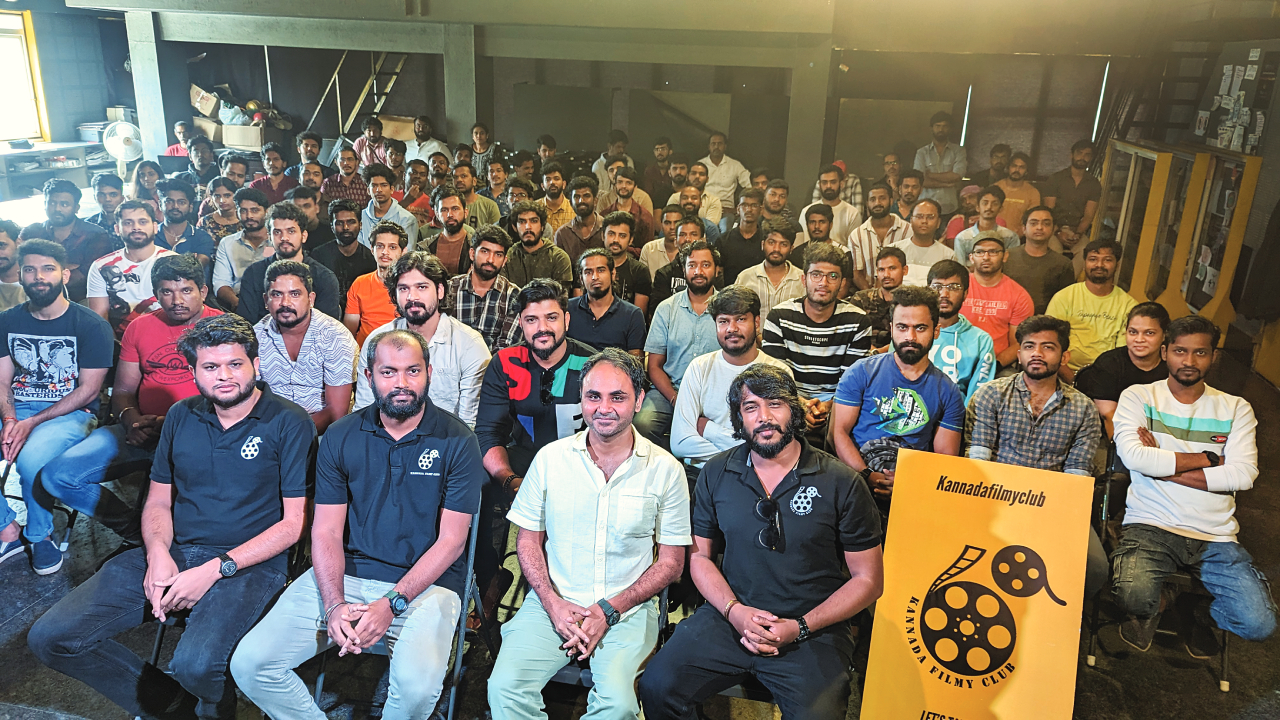Says ace cinematography Karm Chawla as urges filmmakers to focus on the story’s core instead of getting caught up in technical details
- May 13, 2024
- Updated 5:49 pm
Choose story-telling over technicalities
- Dhiraj MV
- November 23, 2023
- Sandalwood
In the world of cinematography, Karm Chawla stands as a seasoned operator, weaving visual tales with meticulous details. Renowned for his stellar work in films like “Ulidavaru Kandanthe”, “Kirik Party”, and “Avane Srimannarayana”, Chawla’s lens captures more than just scenes – it encapsulates stories within each frame.
Naturally progressing from capturing images to crafting narratives, Chawla also took the directorial plunge with ‘Ten’, marking a new chapter in his illustrious career. His journey and insights into the world of visual storytelling unfolded as Our Bangalore caught up with him for a tete-a-tete.
For budding filmmakers eager to unravel the intricacies of movie-making, this interview will surely serve as an invaluable ticket. So, read on as we delve into the synergy between the camera, script, director’s vision, and the art of cinematography; all in this one interview!

OB: Commencing with the basics, how do you go about selecting a camera for a film – is it primarily budget-driven or script-driven?
Karm: It’s a delicate balance of both factors, but the script takes precedence. The choice also hinges on the director’s vision, considering various elements such as lighting, set, costumes, and props. It’s about maximising the potential with the resources at hand.
OB: Reflecting on changes in the Kannada film industry (KFI), what notable shifts have you observed?
Karm: Significant changes include the adoption of anamorphic lenses, offering a broader and more detailed frame. The emphasis on zoom shots has diminished compared to earlier days, but this varies based on the director’s preferences.
OB: Share insights into your directorial venture 'Ten’.
Karm: ‘Ten’ fulfills my longstanding desire to delve into a sports drama, specifically boxing. Shot on a modest budget, I served as both director and DOP. Working with the talented Vinay was incredible. We predominantly used Red cameras with some DSLR shots, maintaining a realistic framing and visual approach.
OB: Why is it crucial for a Director of Photography (DOP) to collaborate with the colorist during post-production?
Karm: The DOP’s presence, especially during the DI (coloring phase), is vital. Guiding the technician on color palettes and technical details ensures the output aligns with the director’s vision.
OB: For an indie filmmaker eyeing a camera purchase, what suggestions do you have?
Karm: It boils down to personal choice aligned with the type of films one envisions. Considering script demands is crucial. Variety is key, and renting specific equipment as needed is often a prudent approach.
OB: How do you maintain light continuity on set – is it an on-set consideration or handled in post?
Karm: It’s imperative to address light continuity on set. Attempting to fix variations in post-production isn’t ideal, emphasising the importance of maintaining consistency during filming.
OB: Some films give off a short film vibe – what contributes to this perception?
Karm: Beyond the camera and lens, factors like color tones, lighting patterns, set design, costumes, props, and even actor performances play a role. Cinematic output hinges on harmonising these elements effectively.
OB: Guiding directors in shot composition collaboration with DOP – your insights and closing thoughts.
Karm: Directors need not be overly technical; understanding what belongs on screen is crucial. Prioritise bringing the story to life visually, ensuring any aesthetic choices serve the narrative, not just for the sake of embellishment.

